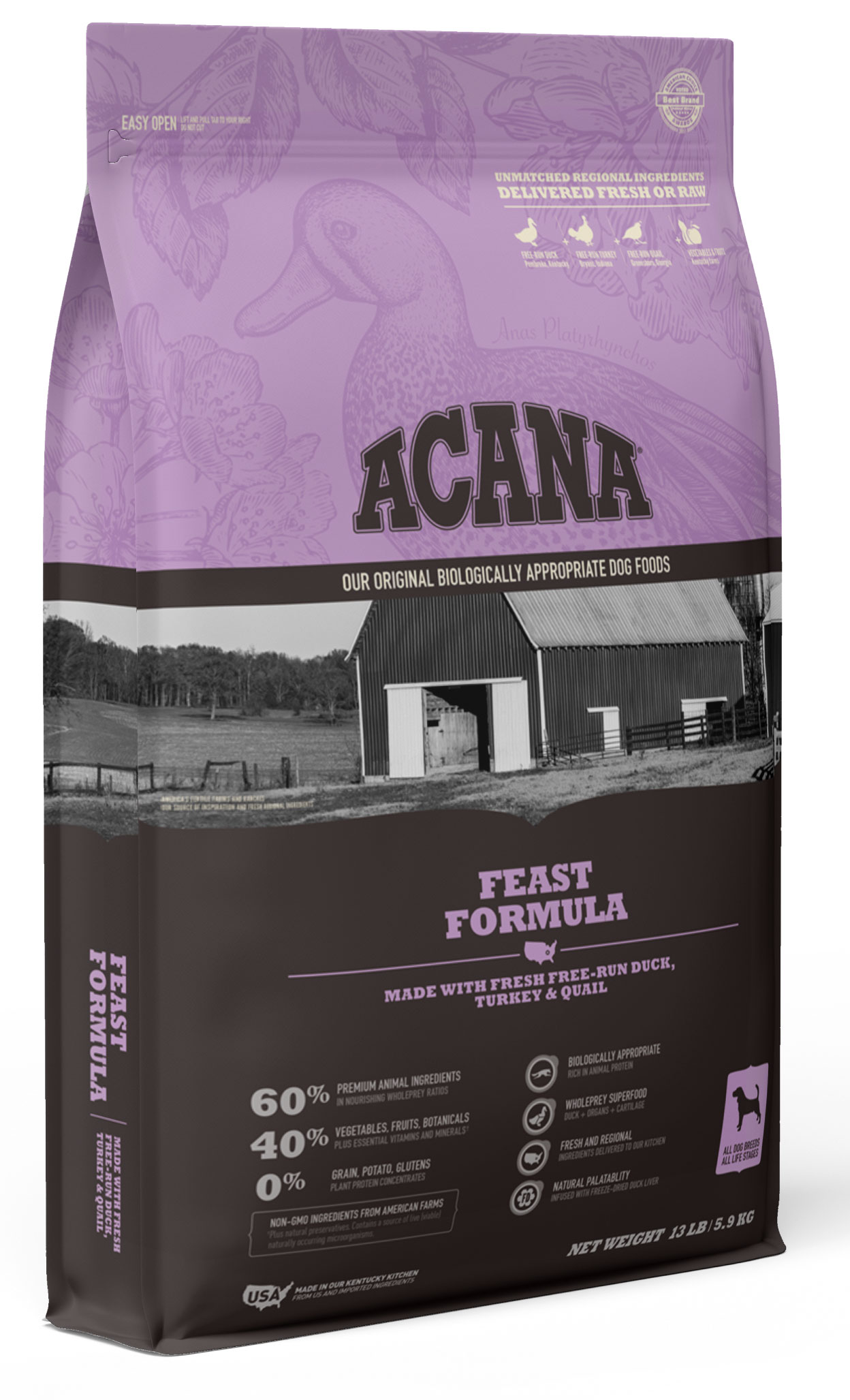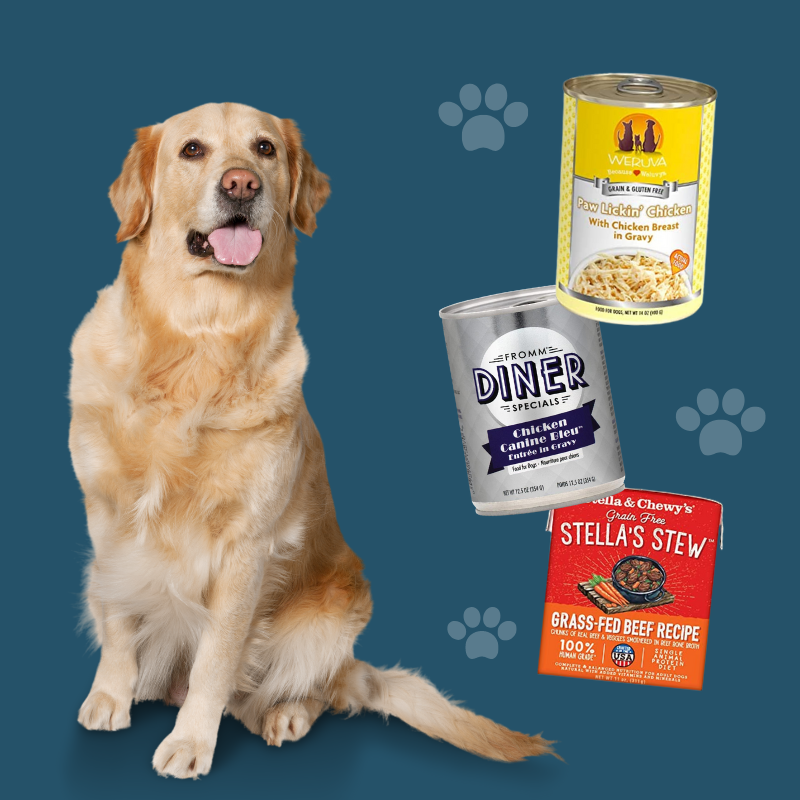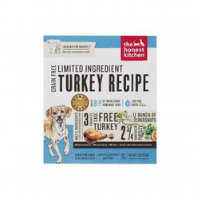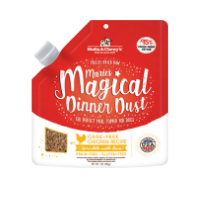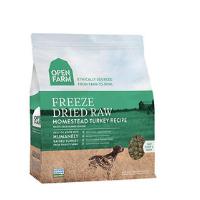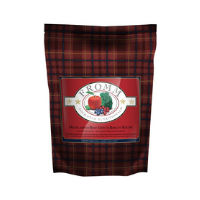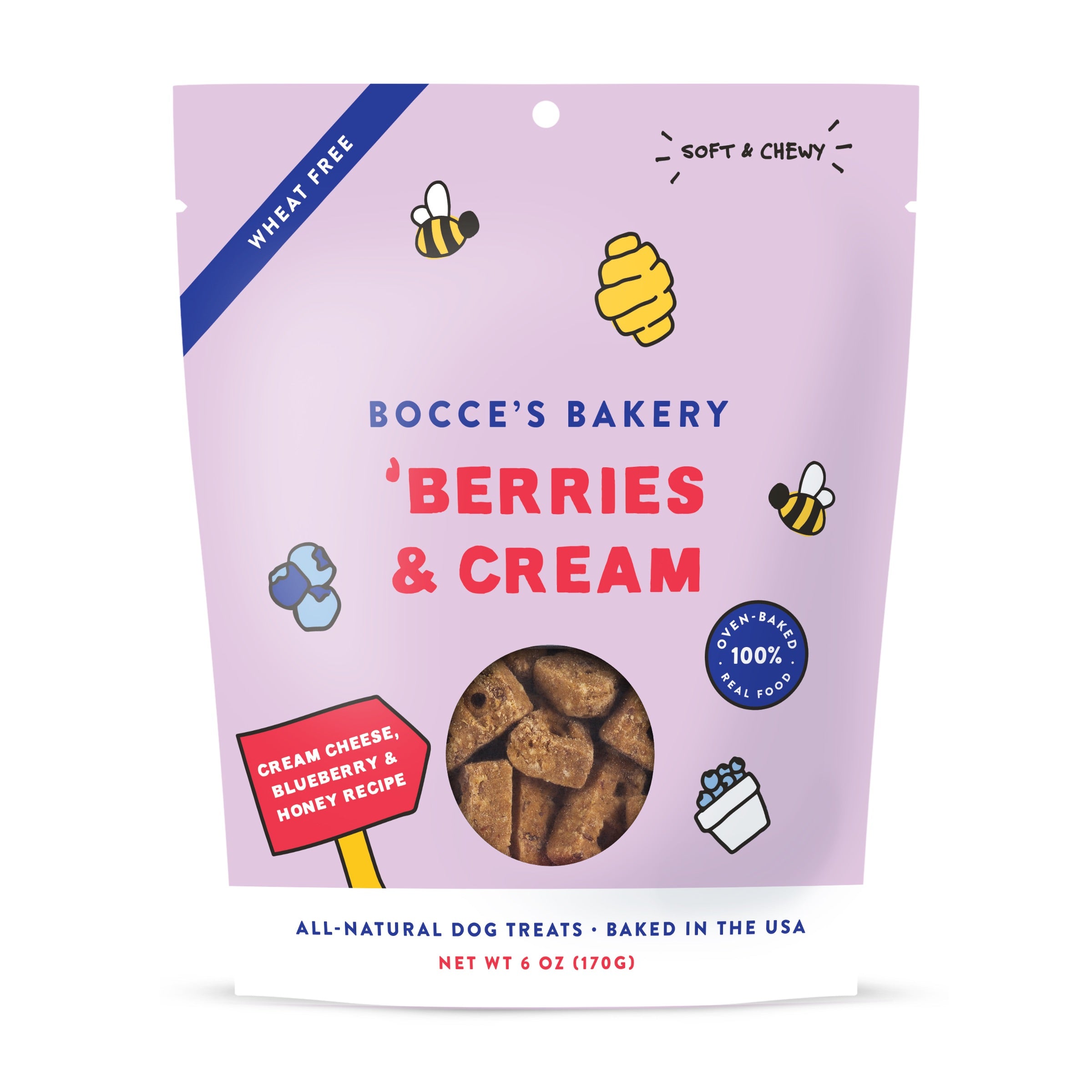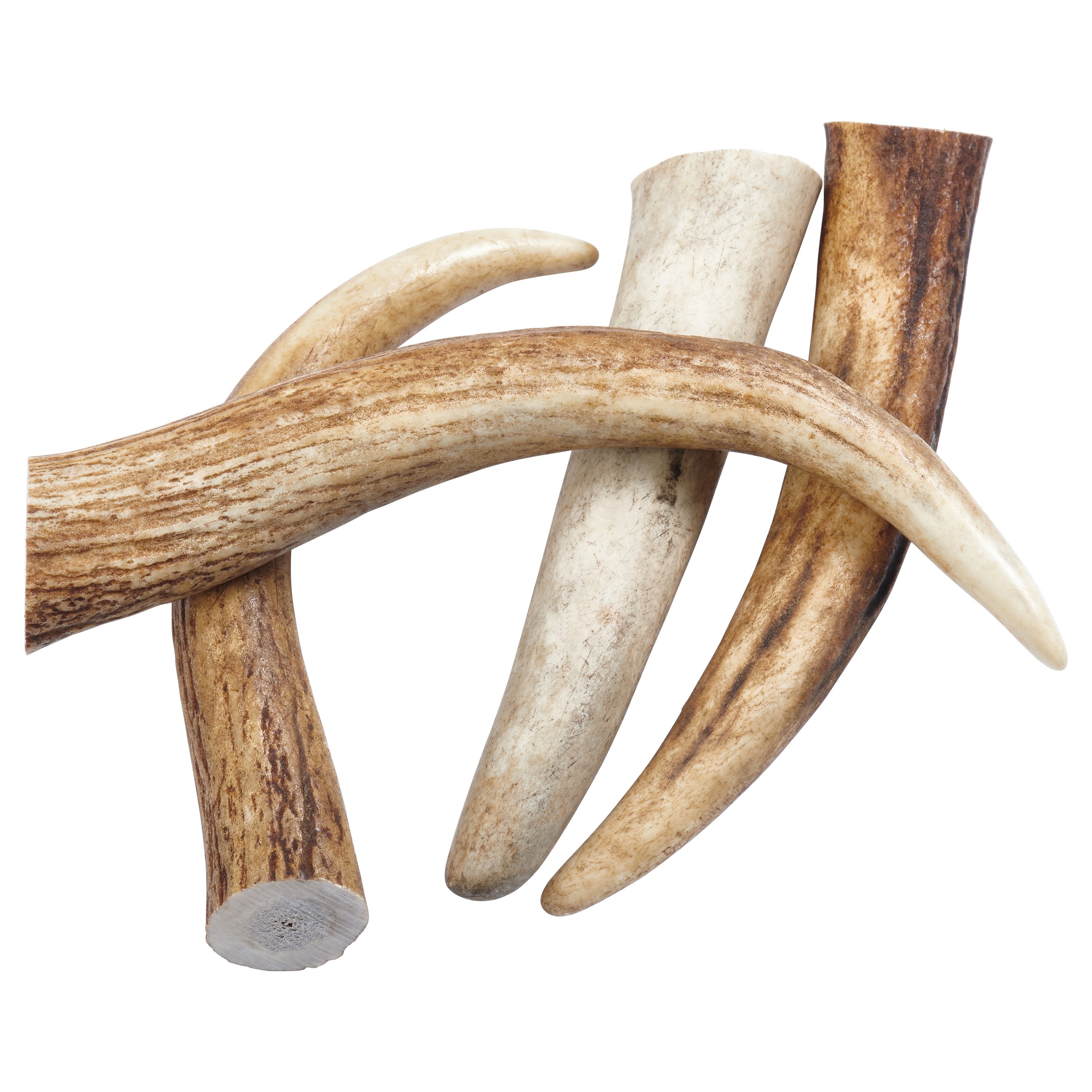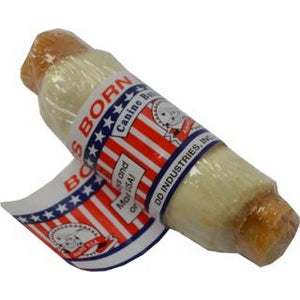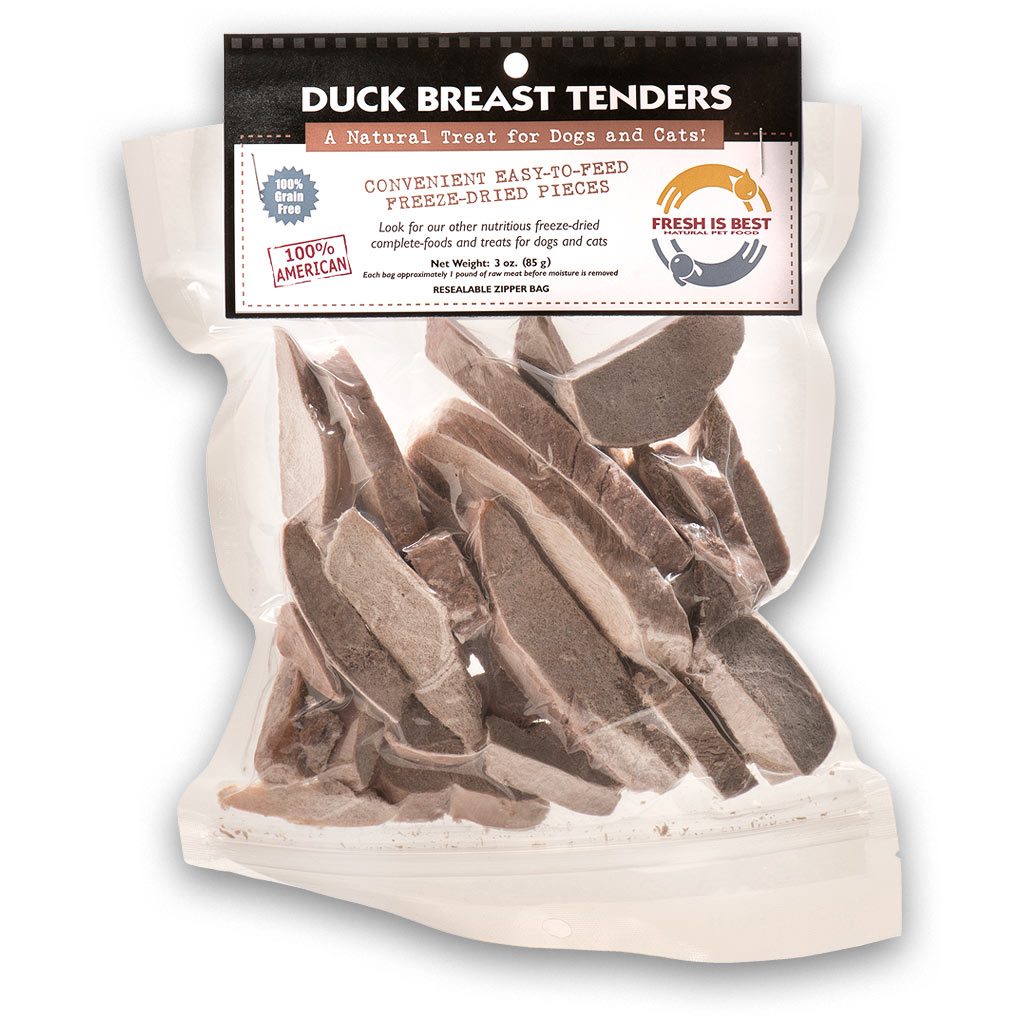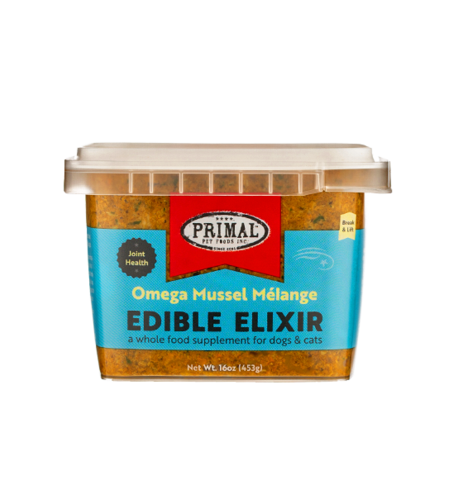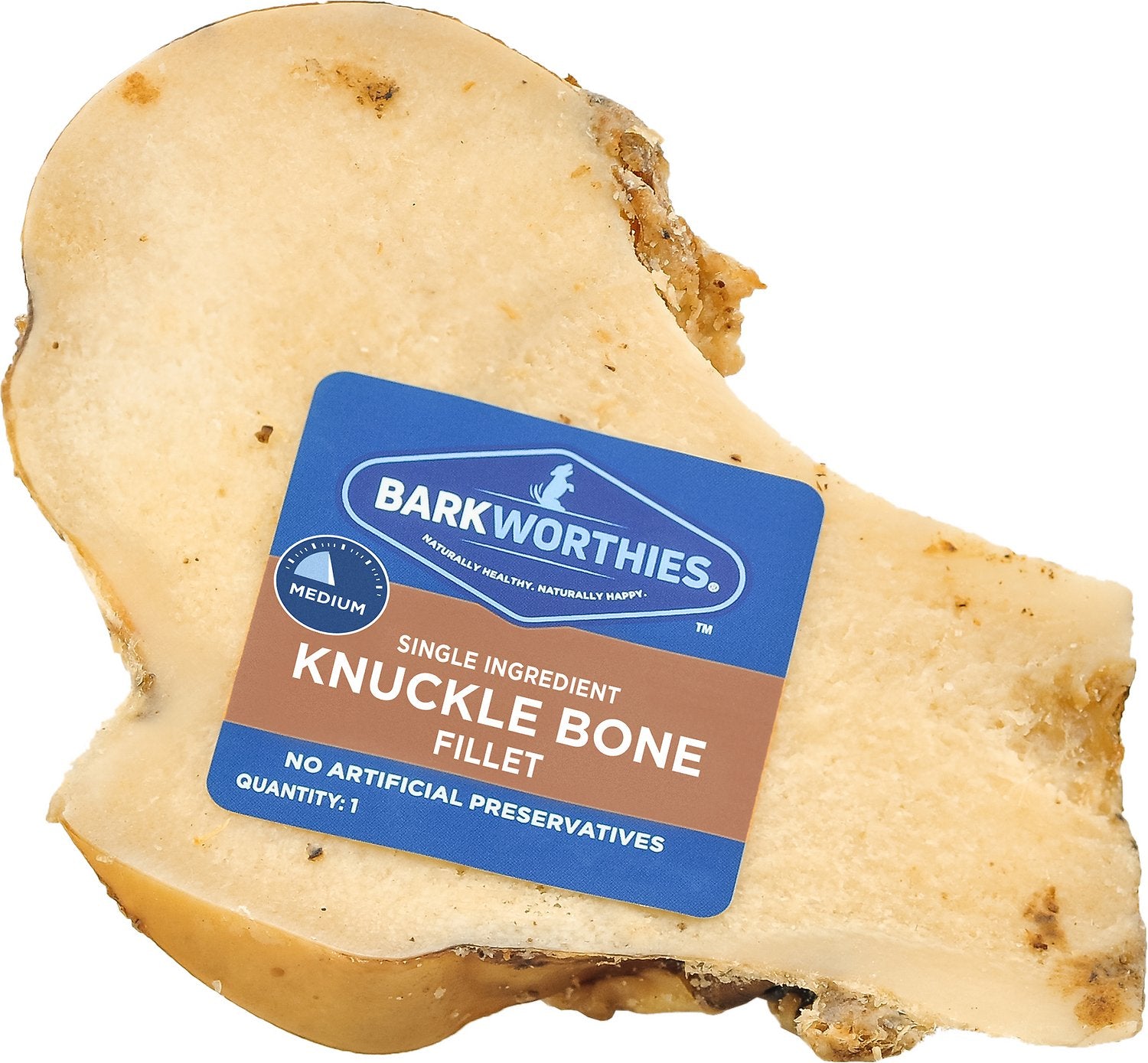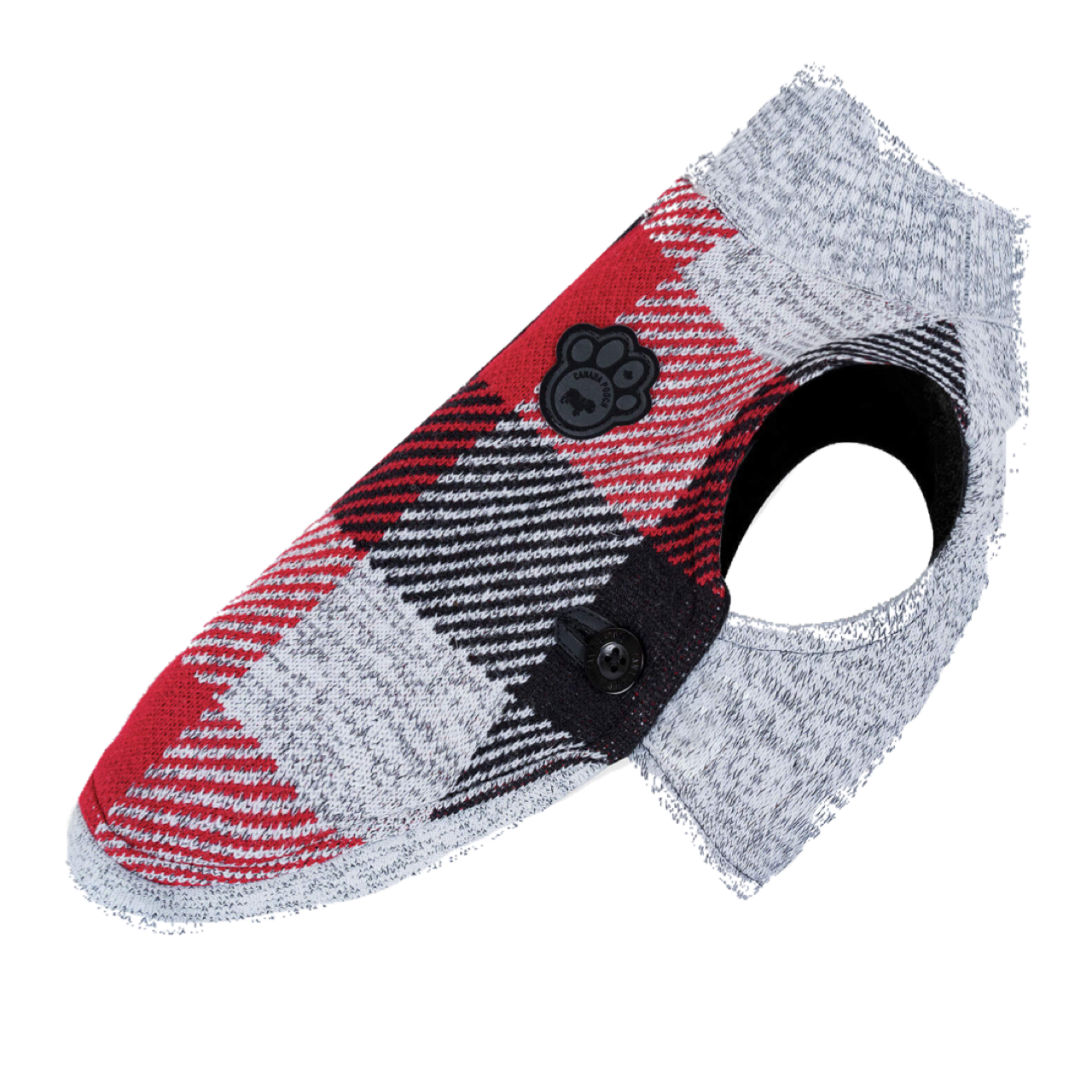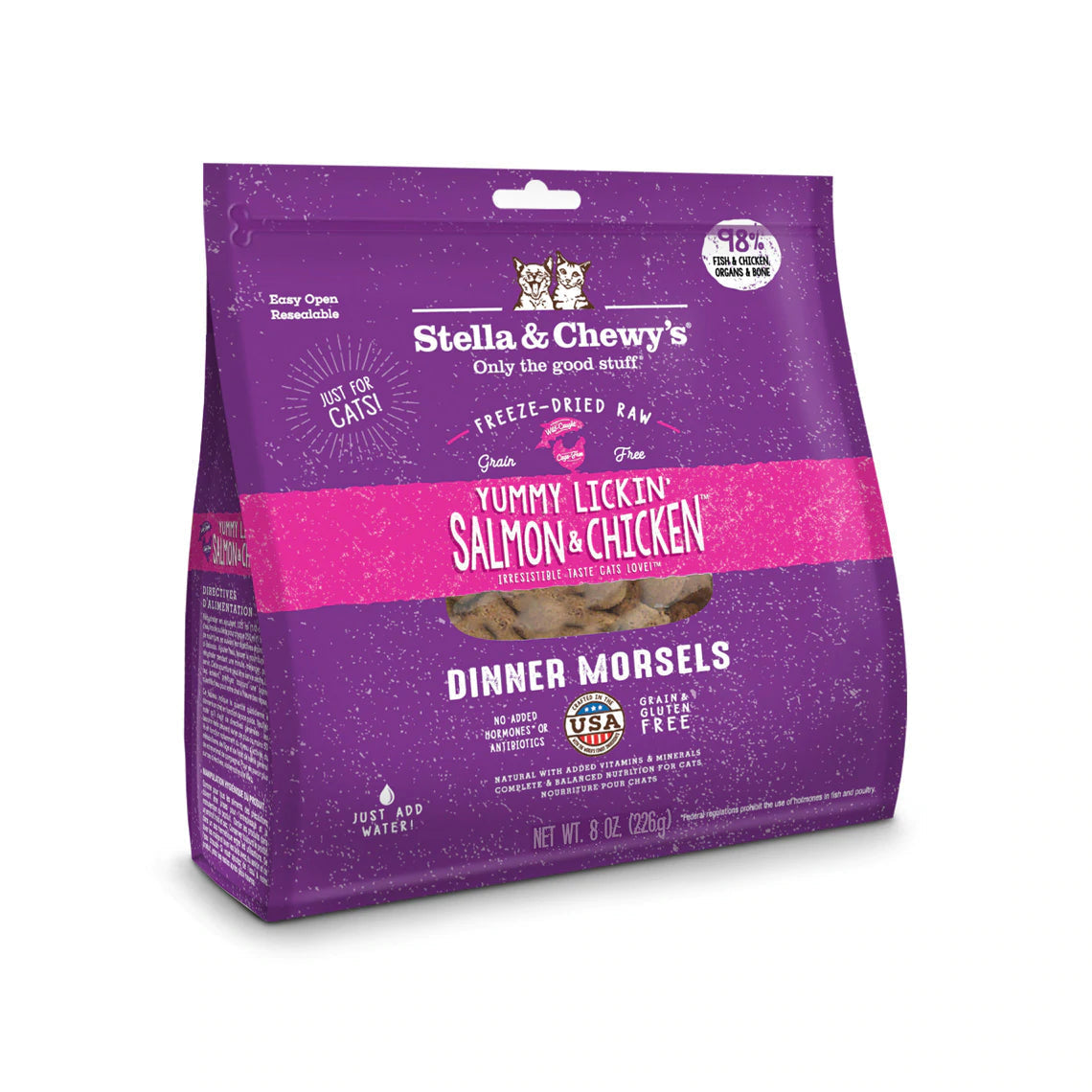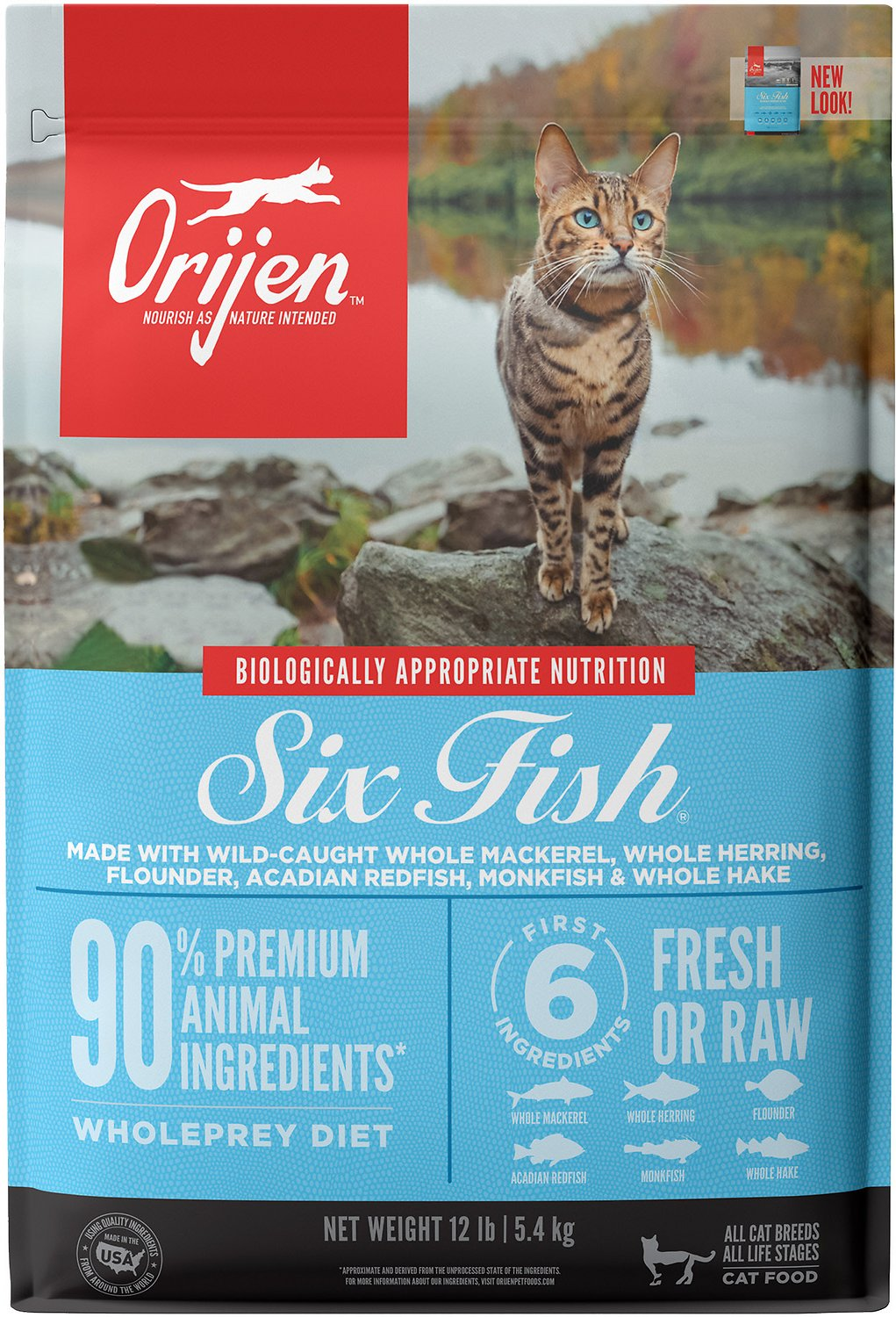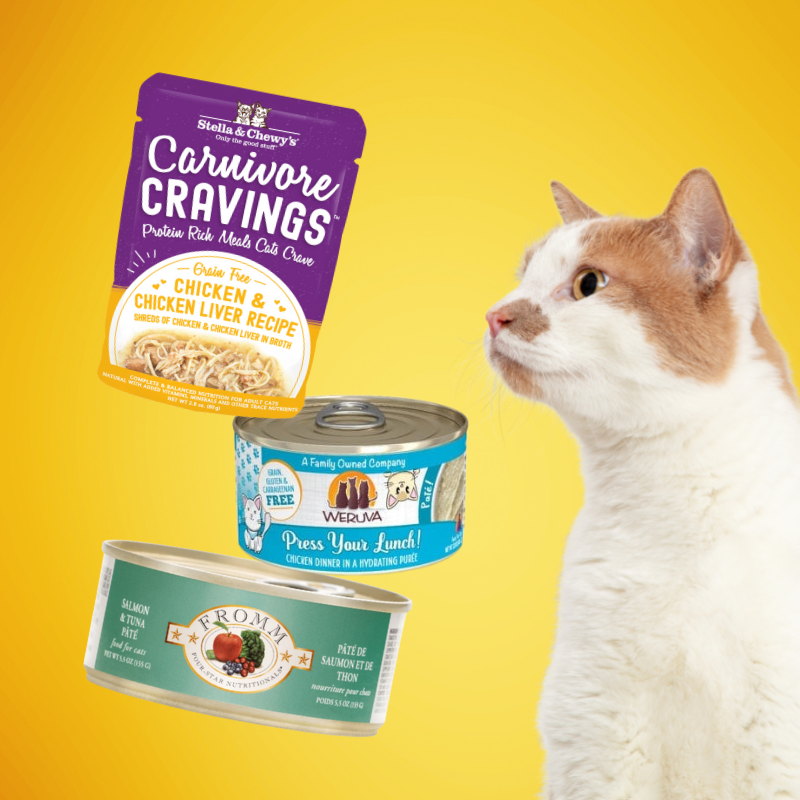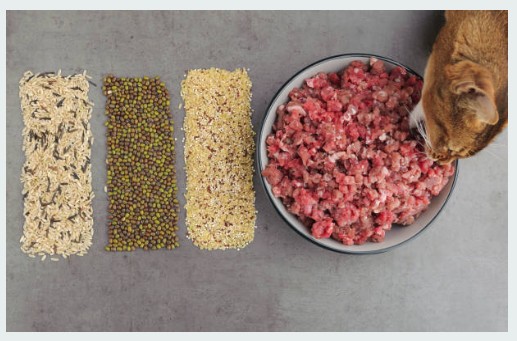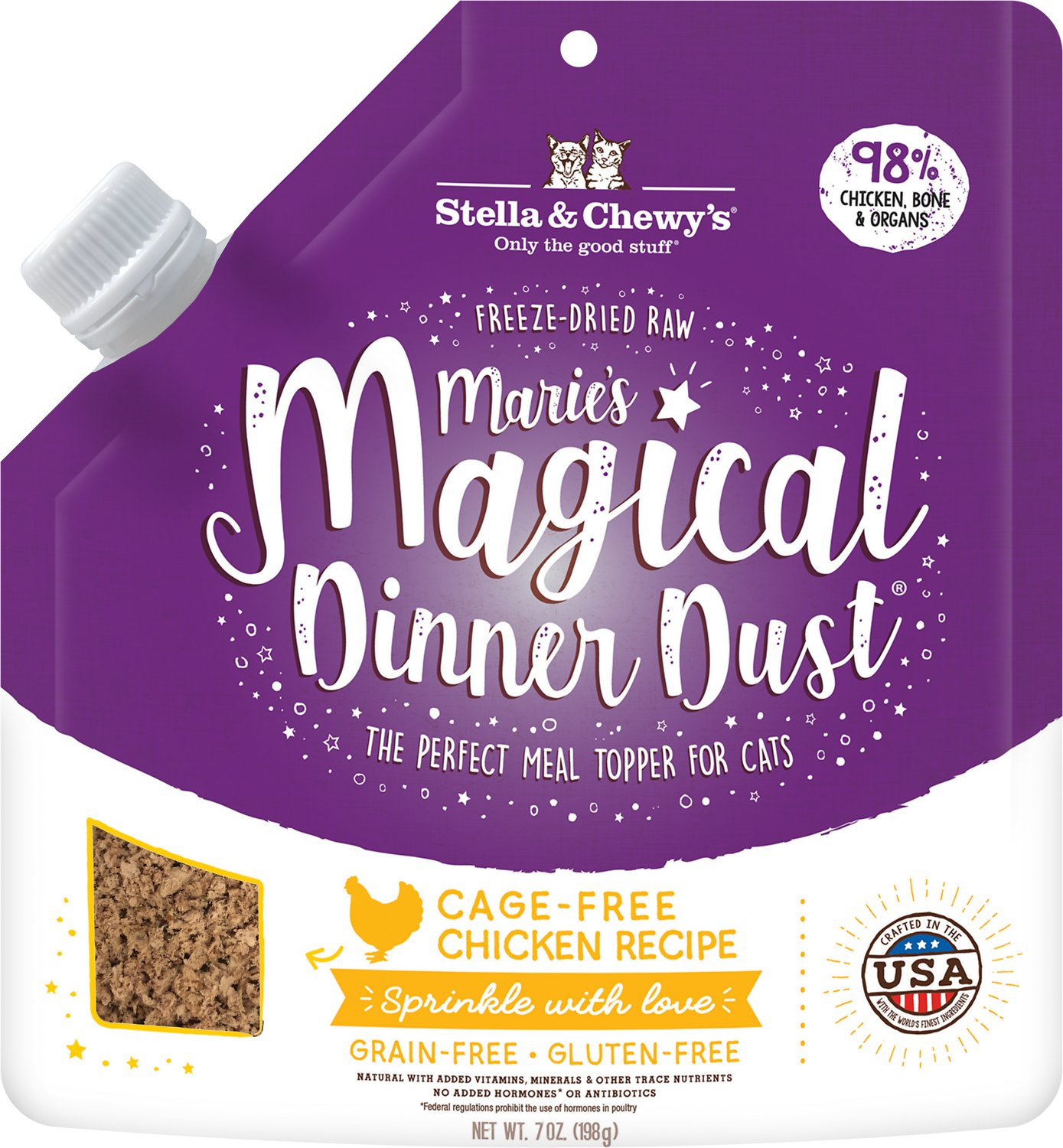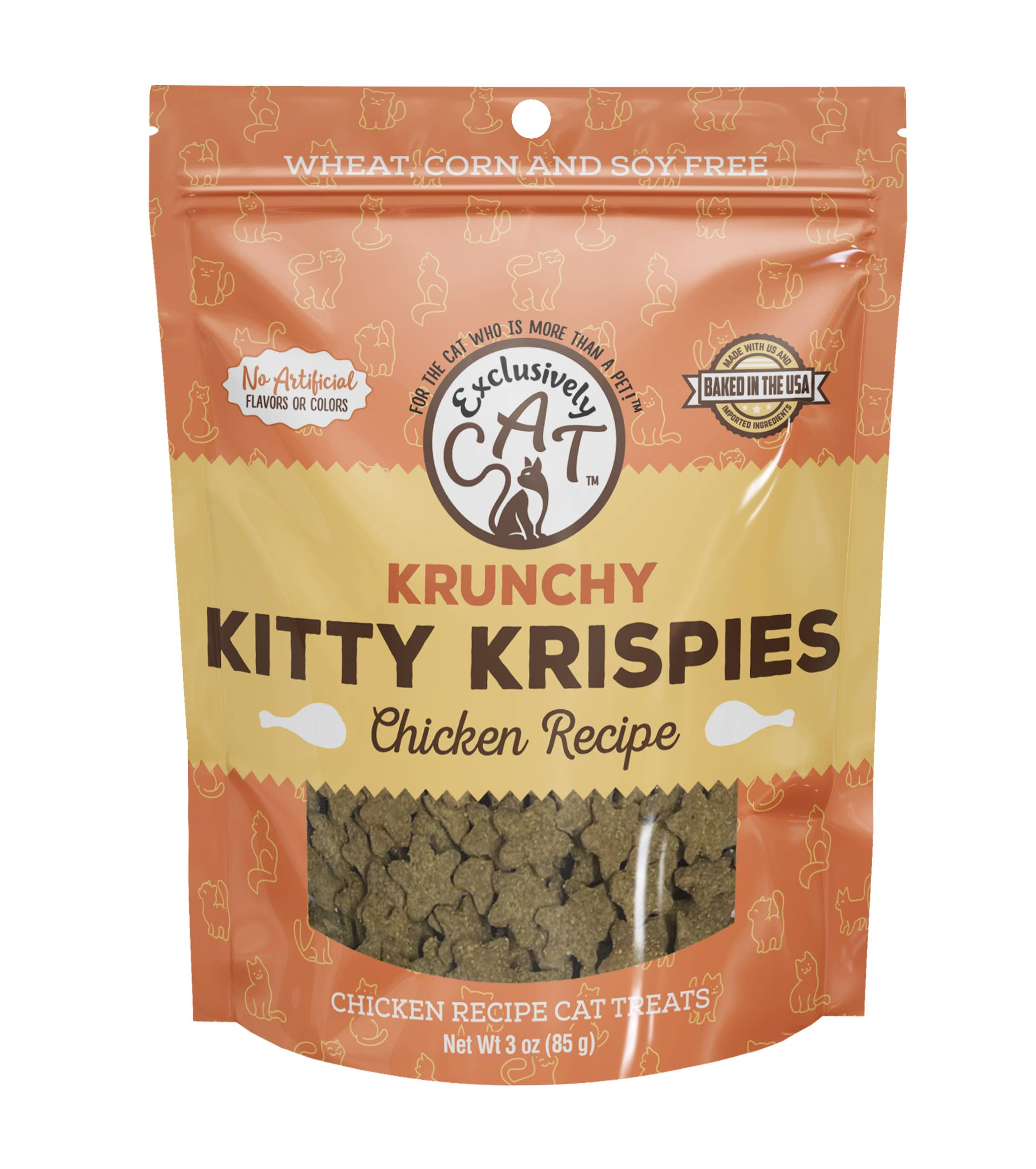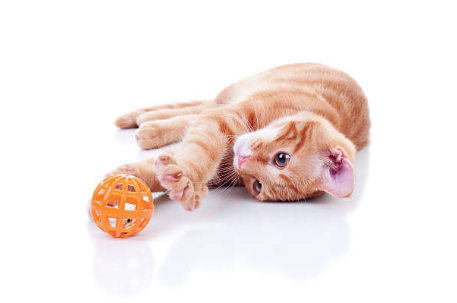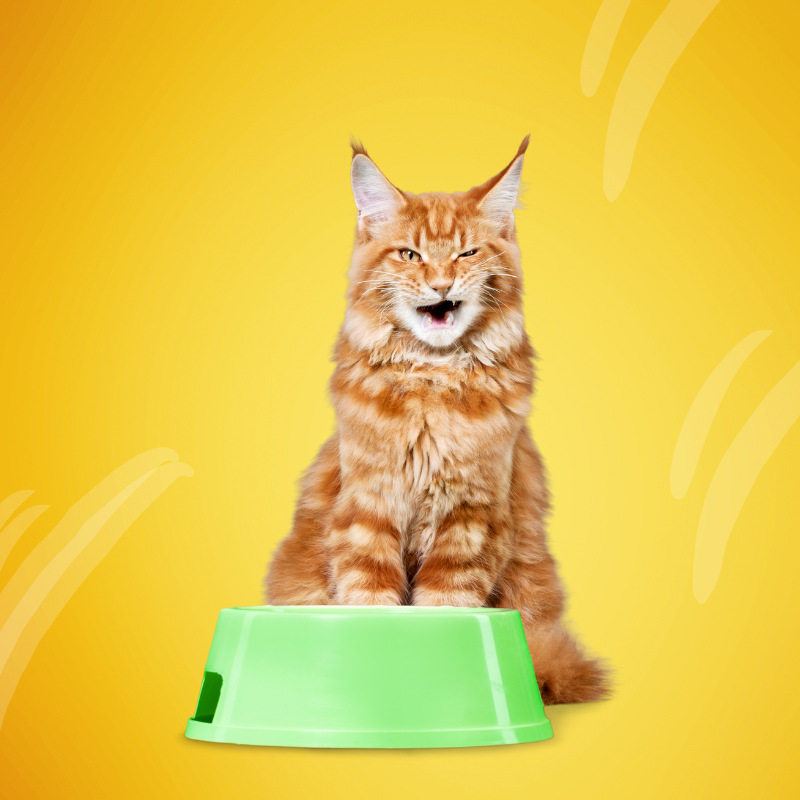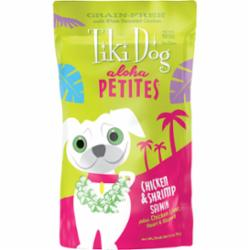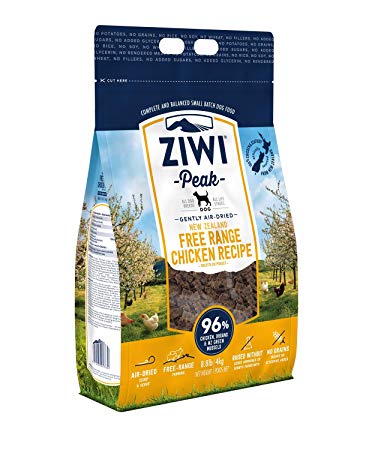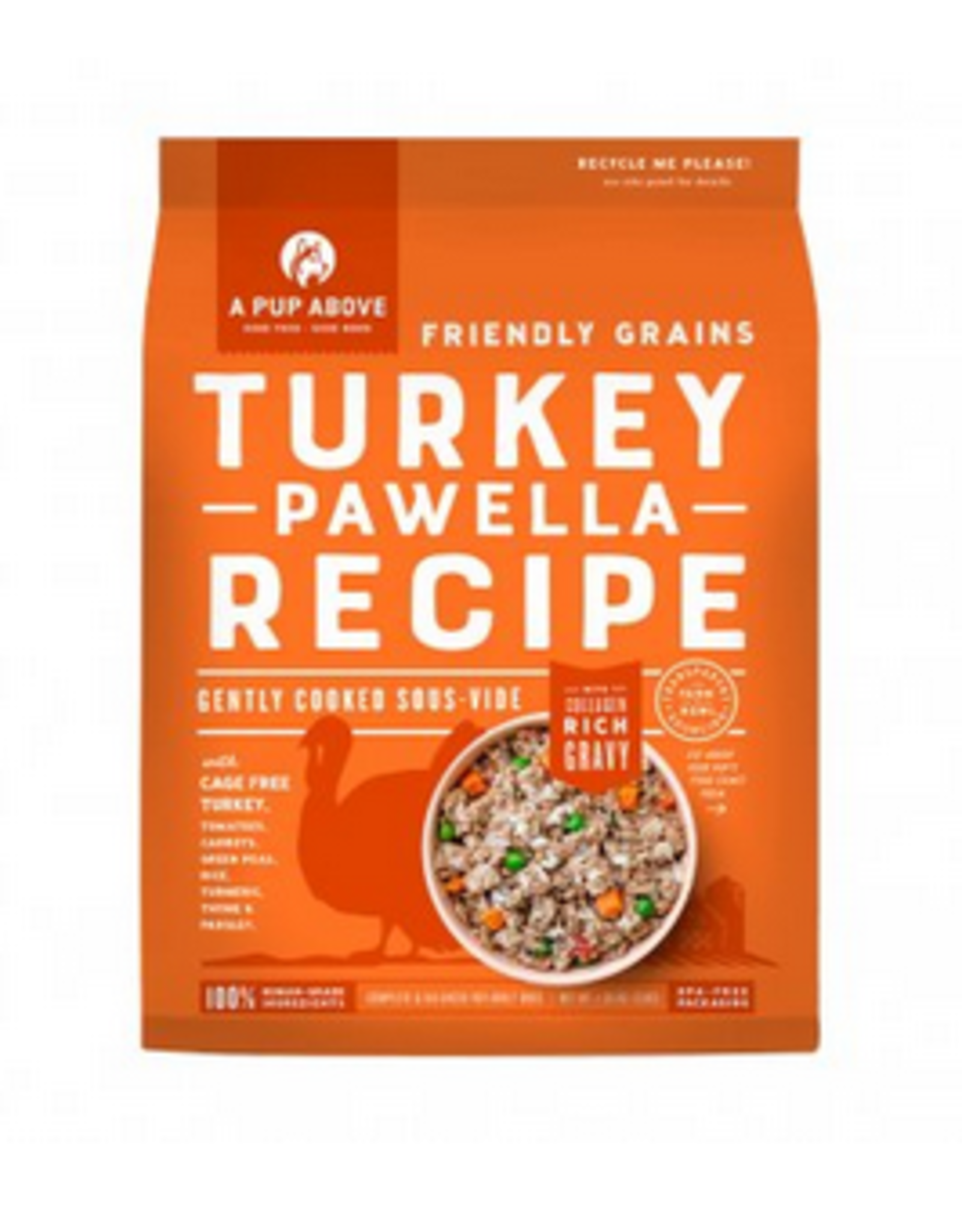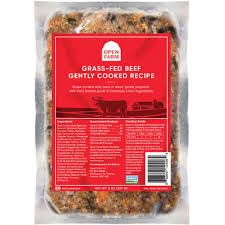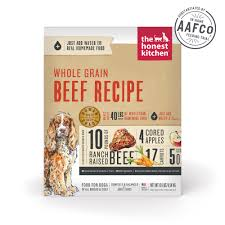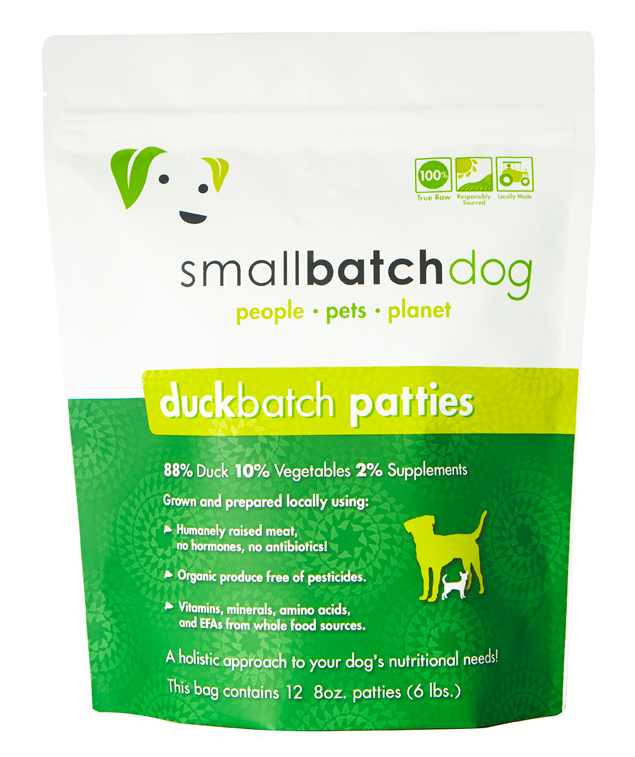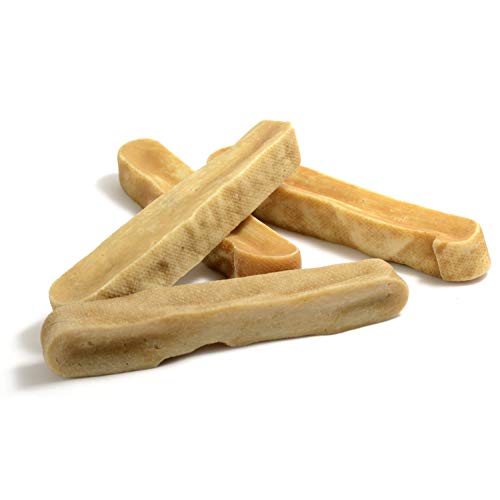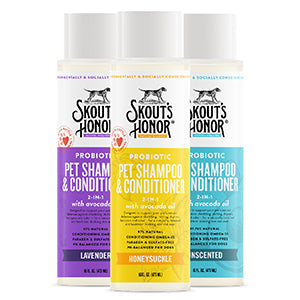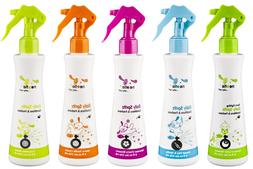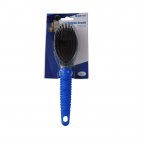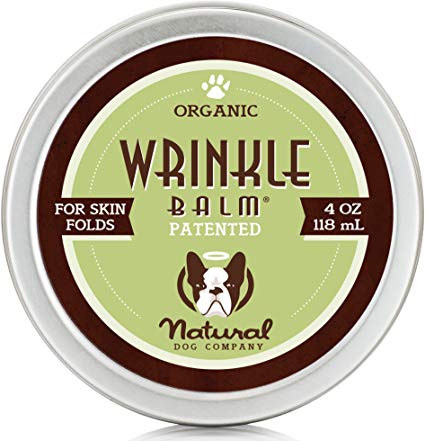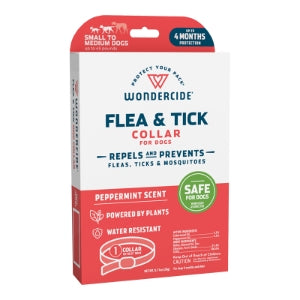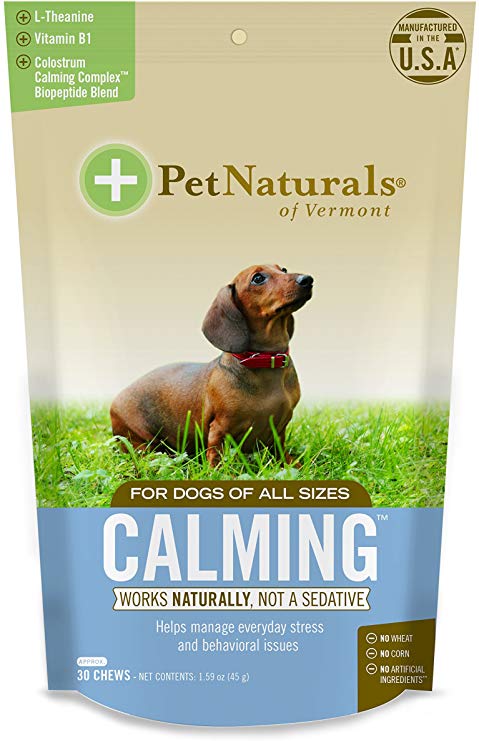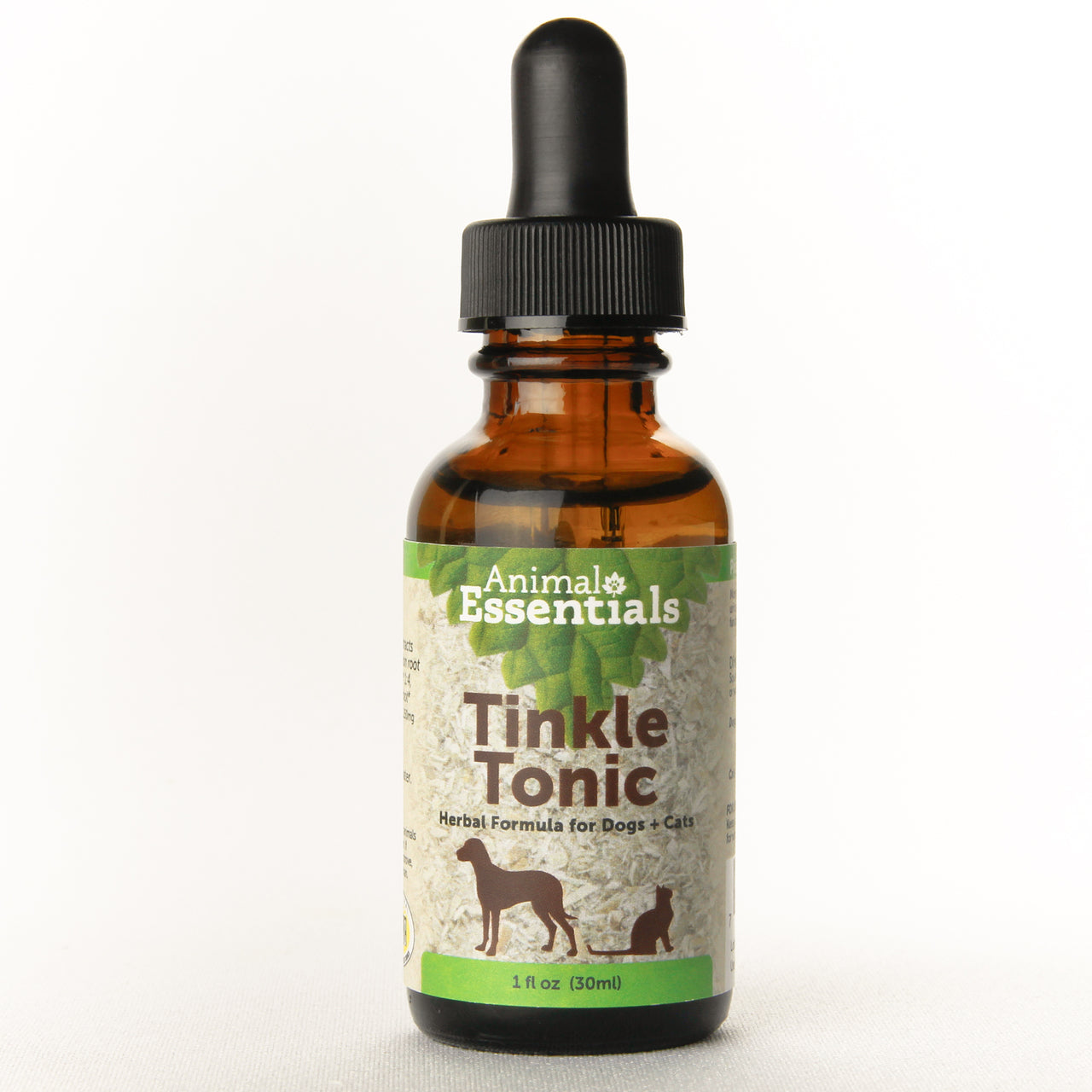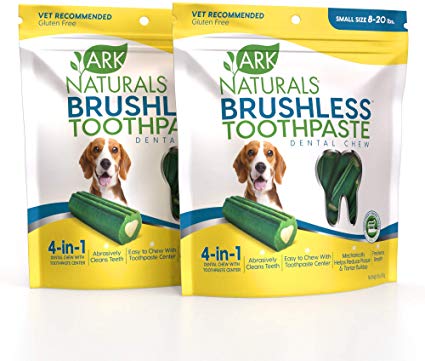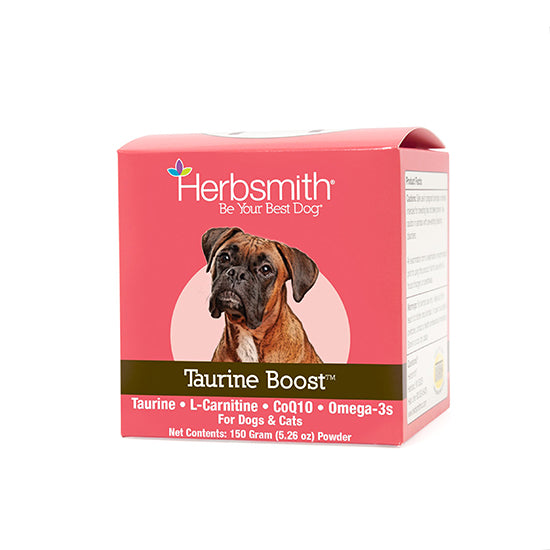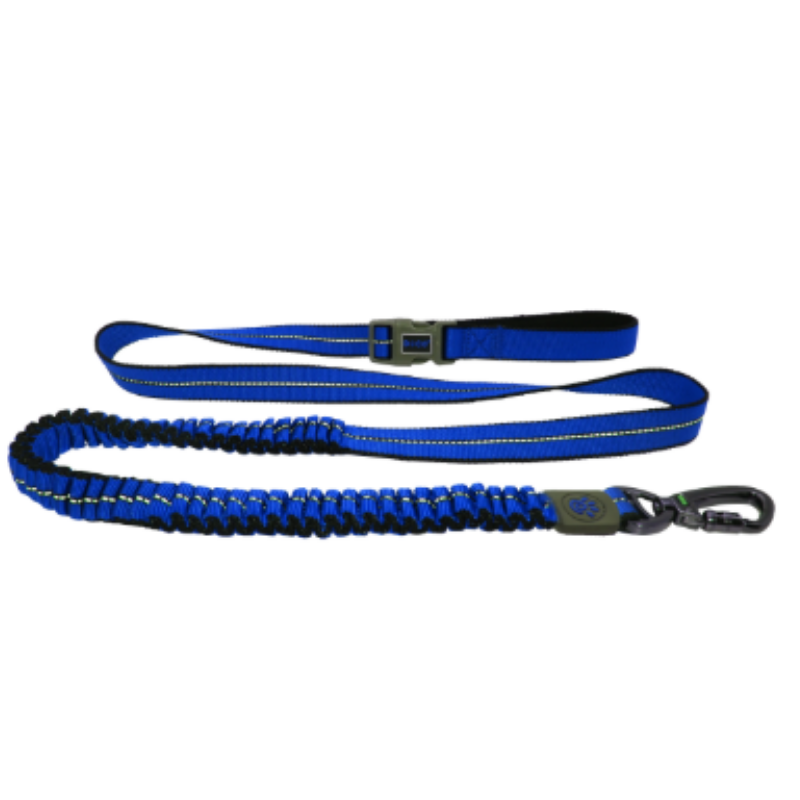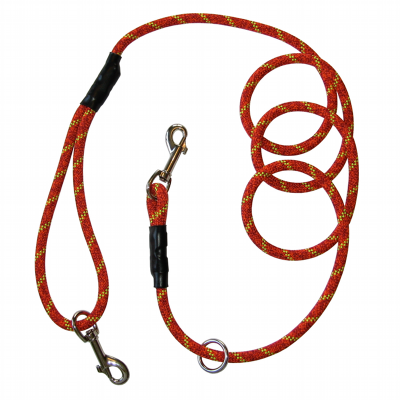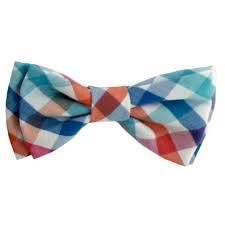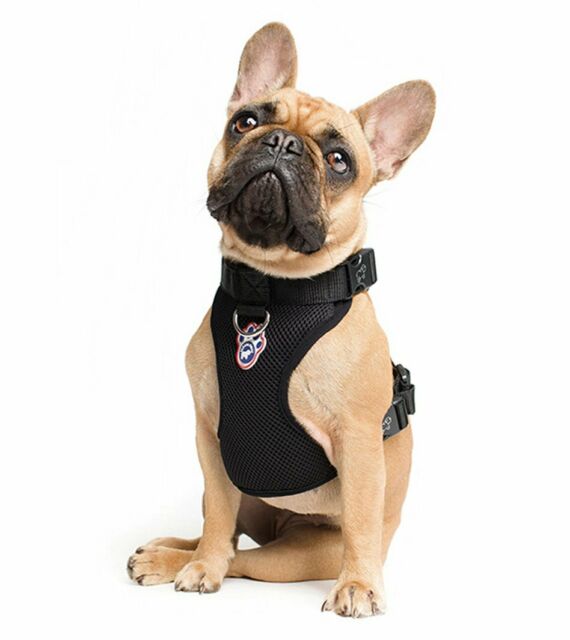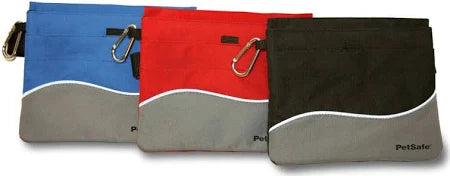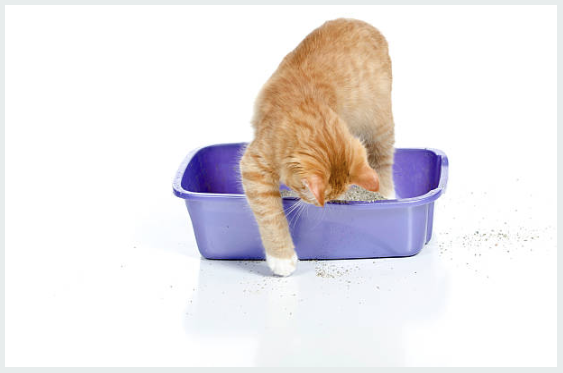While it's safe to assume that your cat is a giant ball of love simply trying to get their fair share (or more) of cuddling into their routine, you would make no mistake by saying that the common cat can be a bit temperamental. They'll lay on their back until they get their belly rubbed, but careful if you exceed the limit of belly rubs they require or you'll soon find yourself rushing to the nearest first-aid kit. Have you ever actually thought about the size of the common domesticated feline? Cats are the perfect killing machines, however they are small enough to fit into an average sized backpack. It's a far shot, but not terribly unrealistic to think that this is perhaps where their temper comes from.
So when you think of "the perfect killing machine" what do you imagine such a creature should be eating? It's safe to assume said "killer" would be carnivorous, thus having a craving for something rich and meaty. Your cat wants to eat real, raw meat, just as their larger relatives do in the wild. With that said, it is still the case that the majority of domesticated and even controlled feral cats are being fed dry food. While dry food may be the more affordable and convenient option when it comes to feeding your pet, that doesn't necessarily make it the most nutritionally beneficial route to take when it comes to your pet's diet. Don't be fooled, dry food certainly contains real meat, but in more popular dry food brands it's the lowest grade meat imaginable using animal parts such as lungs, heads, spleens, hooves, udders, unborn fetuses, damaged organs, even removed tumors. Some other sources may include spoiled super market meats or animals allowed to decompose on a farm for days. If the meat isn't suitable for you, why would you assume that this is suitable for your beloved pet?
Not only are the conditions of kibble production deplorable, each piece severely lacks the moisture necessary for your cat's diet. Felines hunt for prey in the wild that contains 75% water, kibble is only 6% moisture. Cat's aren't known for lapping as much as other animals are accustomed to, they're more interested in moving water so that they can play with it - that is why it is essential that they are in-taking moisture when they eat their food. Another affordable alternative to this moisture problem would of course be wet, canned food. The issue with canned food, however, while it is better than dry it is still is not raw, when food is cooked you are removing necessary nutrients present in uncooked meats and you're still going to find non-meat additives in that can of wet food as well.
Paw Naturals has the highest raw food selection in the Chicago land area which is rapidly increasing as cat owners get more familiarized with the benefits of a raw diet for their cat. These benefits include but are not limited to:
- Improved Oral Health
- Better Digestion
- Stronger Immune System
- Increased Energy
- Improved Coat Health
It's true that the convenience of time and finance exists in feeding dry food to your feline friend, but next time you purchase food for them think about the beast that they were meant to be and what they should really be fed. For more information stop in our store today and ask one of our nutrition specialists about switching your pet to a raw diet!


